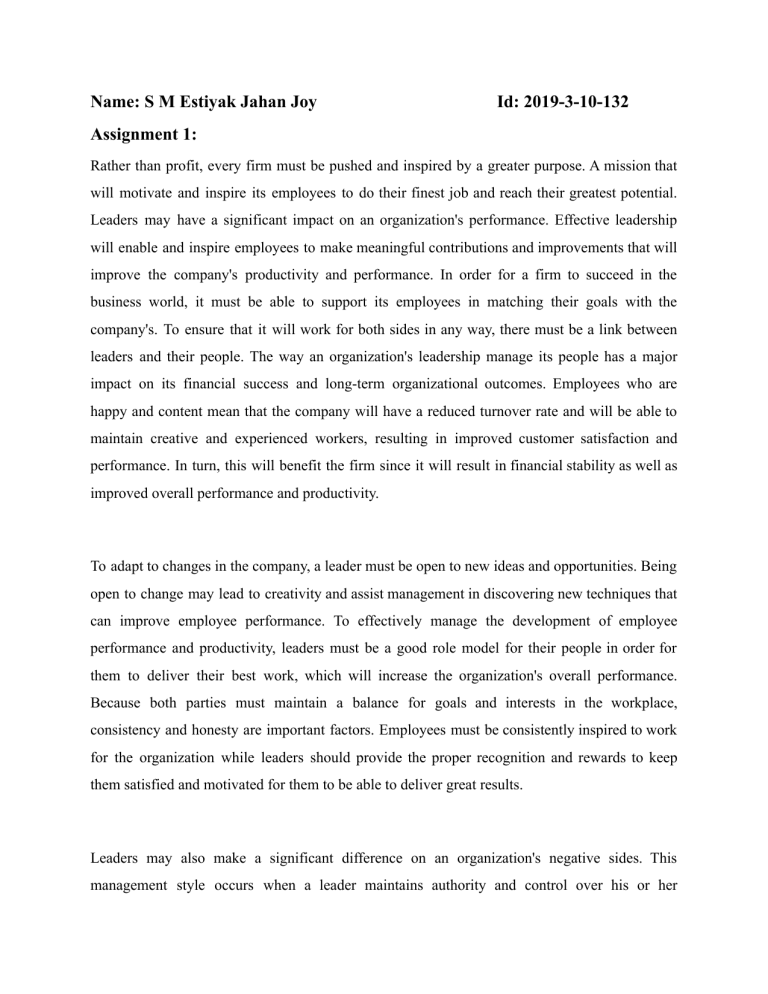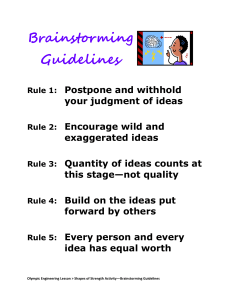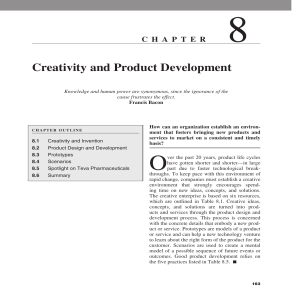
Name: S M Estiyak Jahan Joy Id: 2019-3-10-132 Assignment 1: Rather than profit, every firm must be pushed and inspired by a greater purpose. A mission that will motivate and inspire its employees to do their finest job and reach their greatest potential. Leaders may have a significant impact on an organization's performance. Effective leadership will enable and inspire employees to make meaningful contributions and improvements that will improve the company's productivity and performance. In order for a firm to succeed in the business world, it must be able to support its employees in matching their goals with the company's. To ensure that it will work for both sides in any way, there must be a link between leaders and their people. The way an organization's leadership manage its people has a major impact on its financial success and long-term organizational outcomes. Employees who are happy and content mean that the company will have a reduced turnover rate and will be able to maintain creative and experienced workers, resulting in improved customer satisfaction and performance. In turn, this will benefit the firm since it will result in financial stability as well as improved overall performance and productivity. To adapt to changes in the company, a leader must be open to new ideas and opportunities. Being open to change may lead to creativity and assist management in discovering new techniques that can improve employee performance. To effectively manage the development of employee performance and productivity, leaders must be a good role model for their people in order for them to deliver their best work, which will increase the organization's overall performance. Because both parties must maintain a balance for goals and interests in the workplace, consistency and honesty are important factors. Employees must be consistently inspired to work for the organization while leaders should provide the proper recognition and rewards to keep them satisfied and motivated for them to be able to deliver great results. Leaders may also make a significant difference on an organization's negative sides. This management style occurs when a leader maintains authority and control over his or her employees. This leader focuses on controlling their employees' job because they do not rely on their colleagues' skills to achieve organizational objectives and goals since they do not distribute tasks. It also interrupts employee growth and development in the workplace. As a result, people will eventually hide ideas and viewpoints that may lead to innovation, creativity, and work progress. One of the reasons might be a lack of growth and development in the business, which makes people feel stuck and trapped in their jobs with no way out. This usually occurs when a leader is afraid to create new possibilities for their staff and fails to see the value of human relationships, innovation, and creativity, as well as employee engagement and performance. When a leader is unable to accept a wide and flexible culture, it will be difficult for them to attract and maintain dynamic and multitalented employees. Another factor to consider is the type of leadership style, which include directive management, which can lead to workers being overworked if management fails to provide a work-life balance for its employees. They are often irritated, stressed, and pushed by their jobs, which can contribute to inefficiency and poor performance at work. Employees may suffer job burnout as a result of too much work and longer hours, which affects their productivity and participation in achieving their objectives and duties. They no longer have control over their work or the company's excessively high job expectations. Employees may become disengaged and dissatisfied as a result of this, since they are more likely to operate like machines or robots than humans who can bring fresh ideas and abilities to the company's success. As it might limit their workers' growth and development inside the firm, resulting in lower productivity and performance at work. Assignment 2: Yes, it is true that brainstorming technique promotes group cohesiveness. Brainstorming is a group creative process that involves collecting a list of ideas from the group's members in order to come up with a solution to a specific problem. In other words, brainstorming is a circumstance in which a group of individuals gathers to remove inhibitions and produce fresh ideas and solutions around a given topic of interest. People are able to think more freely and come up with as many fresh ideas as they can. All of the ideas are jotted down without being judged, and the ideas are reviewed following the brainstorming session. Brainstorming helps to improve group skills and communications between group members. People get used to talk with each other after sharing their ideas with each other and this also helps to improve group cohesiveness.




